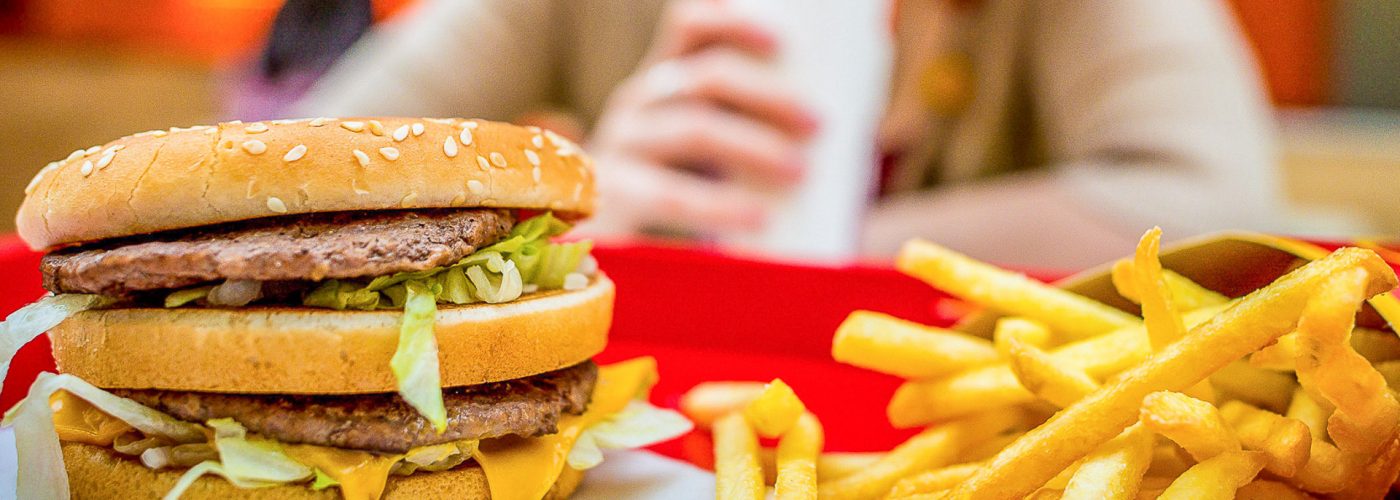What you eat before you board can make a big impact on how you feel once you’re in the air (and even how you feel once you land).
Foods You Should Never Eat Before Flying
Leave these dining disasters off your pre-flight checklist and avoid the dreaded “jet bloat,” being the stinky seatmate, and other in-flight horrors. Read on to find out the eight foods you should never eat before flying.
Fried or Fast Food
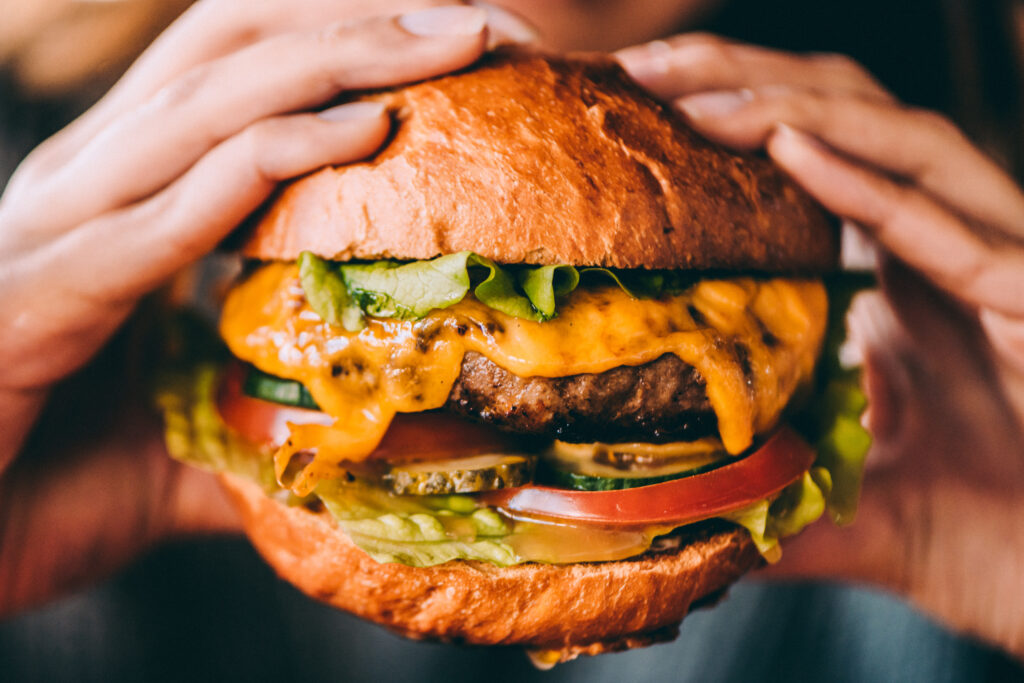
Tempted by those ubiquitous airport fast-food restaurants? You should know that digestion is even harder for your body at 35,000 feet. Add that to the trouble the human digestive system already has processing saturated fats, and you’ve got a recipe for heartburn or an upset stomach. Scientists have also found that eating saturated fat can constrict blood flow, which could increase your risk for deep vein thrombosis (DVT).
Alcohol
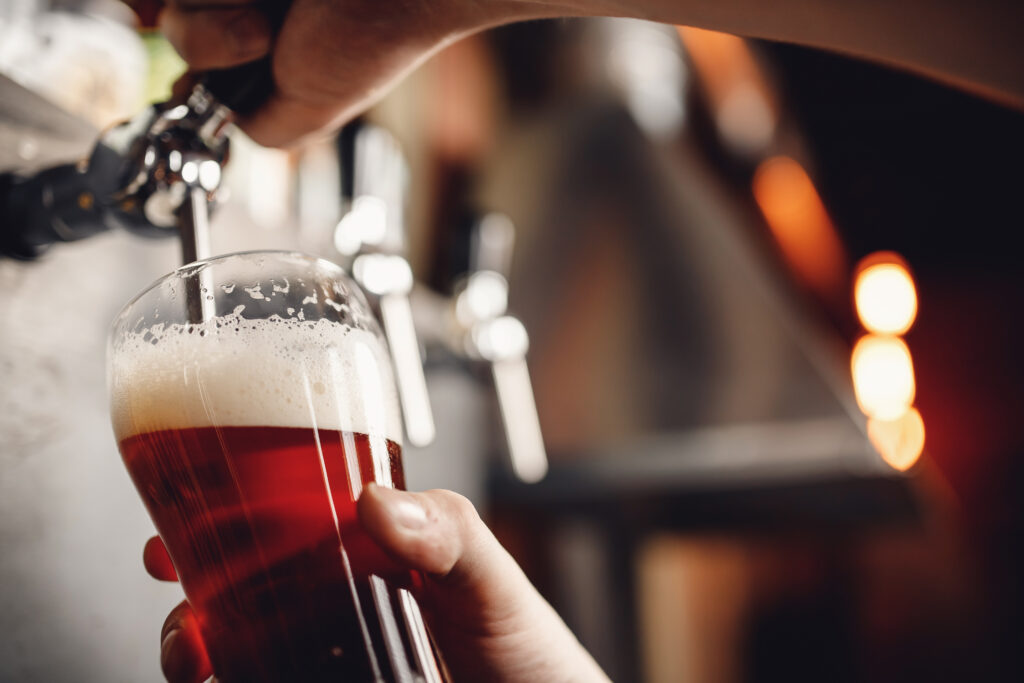
Okay, it’s not a food, but you should still avoid this beverage. That beer or vodka tonic may hit the spot, but it’s also dehydrating. Unfortunately, the air we breathe in planes isn’t humidified, which also causes flyers to become dehydrated. Throw alcohol into the mix and you may be more relaxed, but you’ll come off the flight feeling parched and miserable. And keep in mind that alcohol has a bigger effect on your body at higher altitudes!
Cruciferous Vegetables
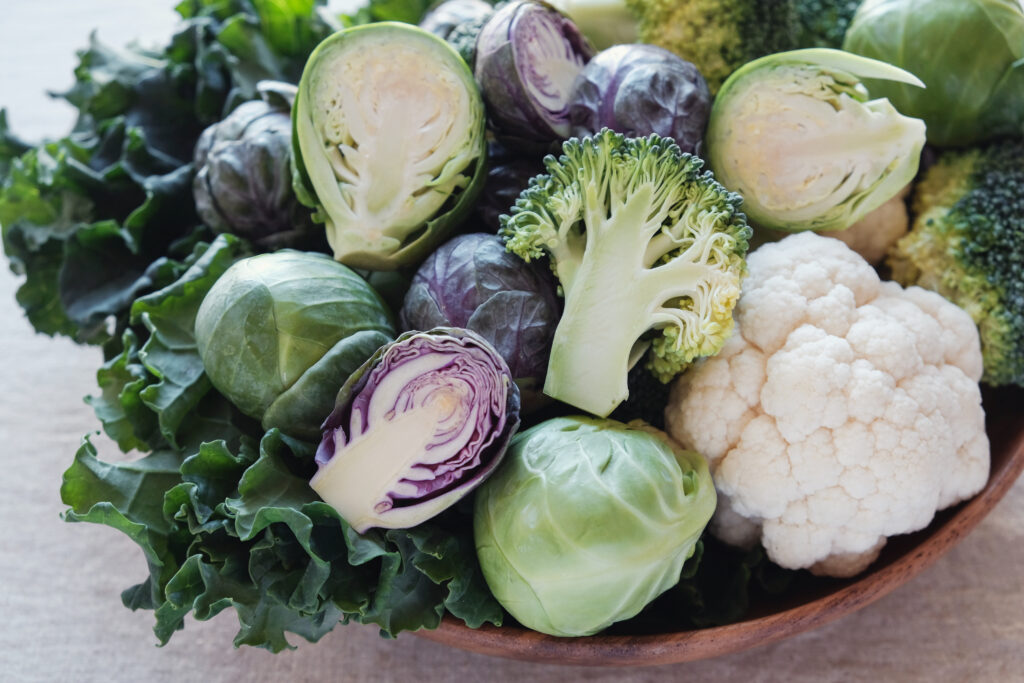
The airplane’s cabin is pressurized, but that doesn’t mean the air is the same as it is on the ground. Did you know that after takeoff, the air pressure in the cabin decreases, causing the cabin air to expand by around 30 percent? This can cause swallowed air and gases in the stomach and small intestine to expand, leading to an uncomfortable, bloated feeling. Minimize the effect by staying away from broccoli, cauliflower, and other cruciferous vegetables that can increase bloating.
Carbonated Beverages
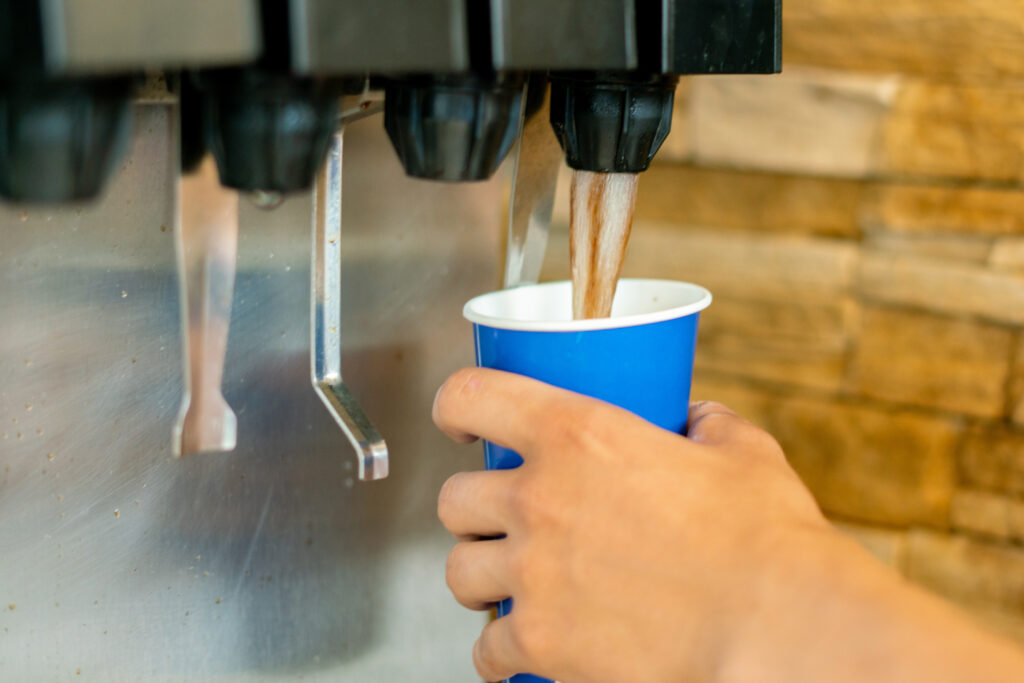
Carbonated beverages, like soda and beer, are also major contributors to bloating. Picture the bubbles you’re swallowing as tiny balloons that will end up in your stomach—and then rapidly expand when the air pressure changes. Not comfortable!
Sugar-Free Gum and Candy
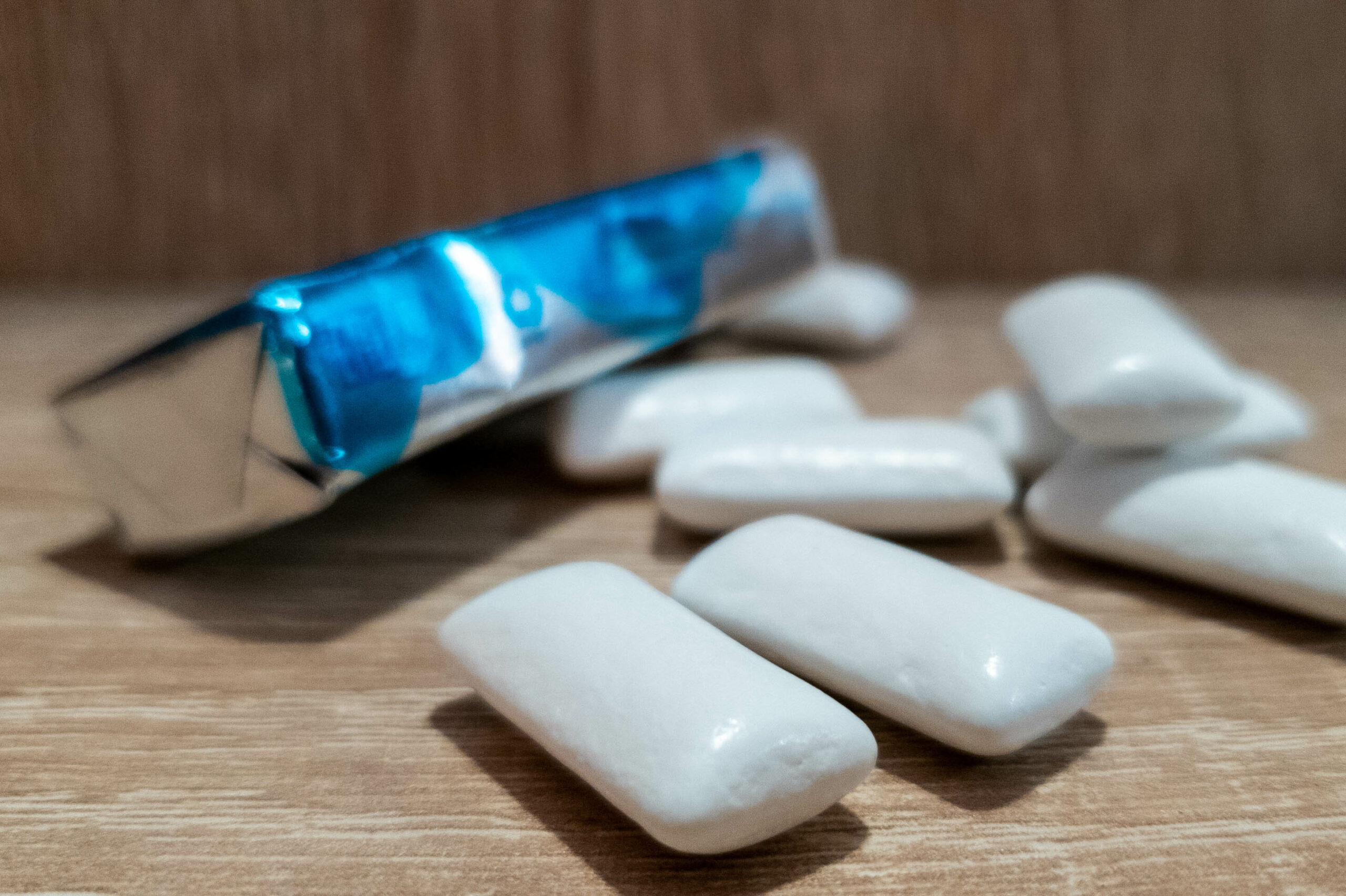
Sugar-free products may be a blessing to dieters and diabetics, but they usually contain artificial sweeteners. Unfortunately, the human body’s not designed to process synthetic sugars very well, and they can cause bloating, gas, and even have a laxative effect—not what you want if you don’t plan to spend the whole flight in the tiny airplane bathroom. Check the package when you’re buying sugar-free gum or candy—many products carry a warning label about these unpleasant side effects.
Legumes
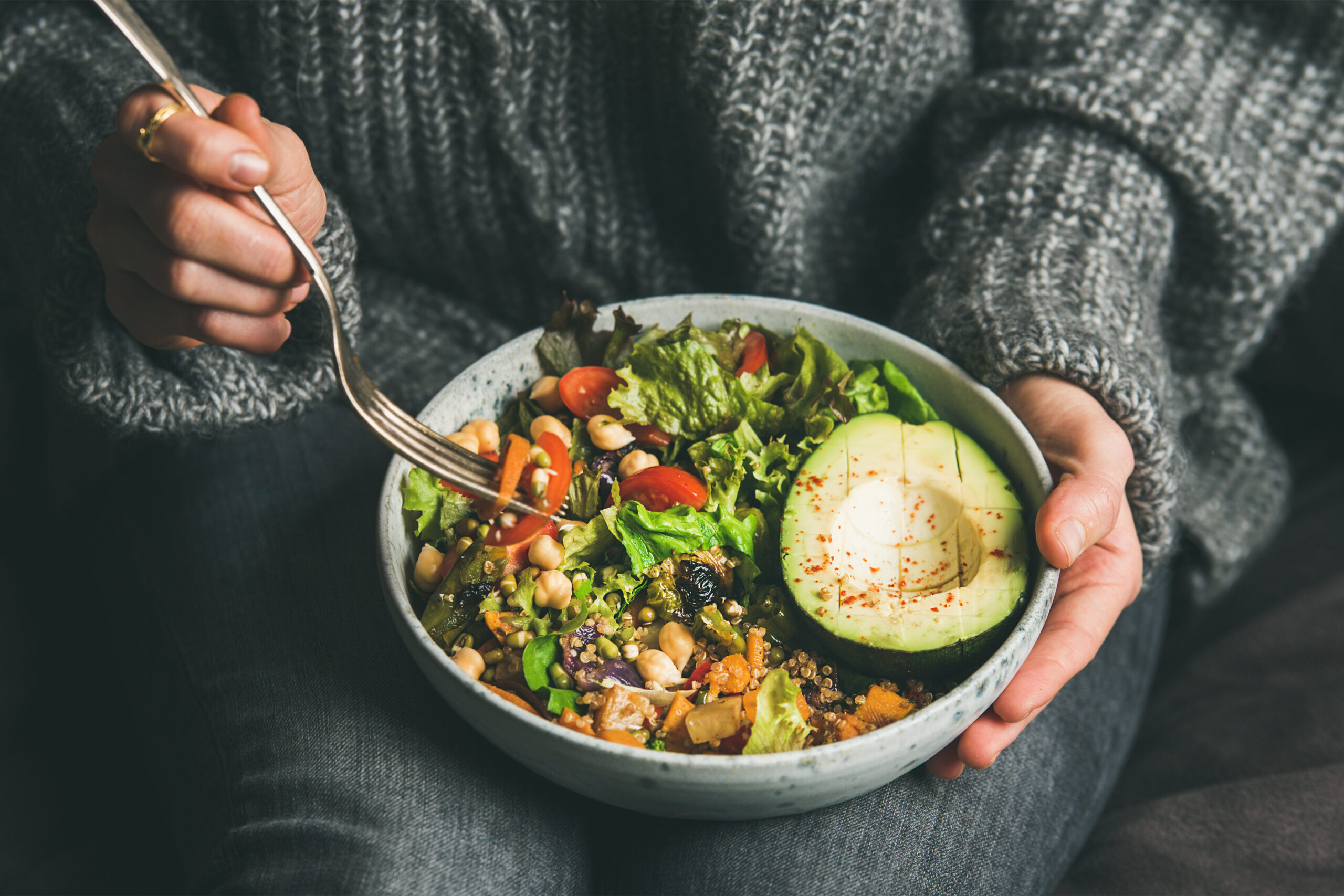
Beans have a bad rap for being another major gas culprit. Many types of beans and other legumes naturally contain indigestible complex sugars that can lead to onboard bloating. Can’t live without your traditional English breakfast with a side of baked beans? Soaking the beans overnight can eliminate many of the problem sugars.
Garlic
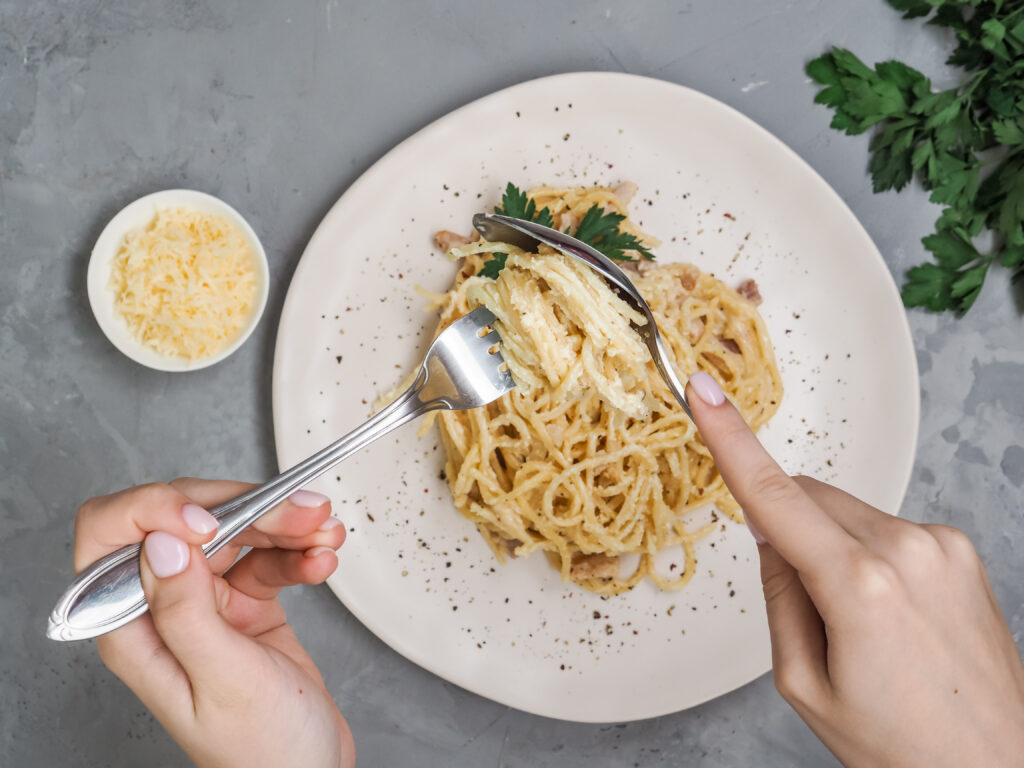
Garlic is delicious, but it sure does linger on your breath—and in your body odor. Garlic contains sulfuric compounds that are absorbed into your bloodstream and lungs. This means you’re literally exhaling that garlic smell (even if you’ve brushed your teeth), and it’s seeping out of your pores. So for the sake of your seatmates, skip the garlic pasta before boarding.
Airplane-Provided Water, Ice, Coffee, or Tea
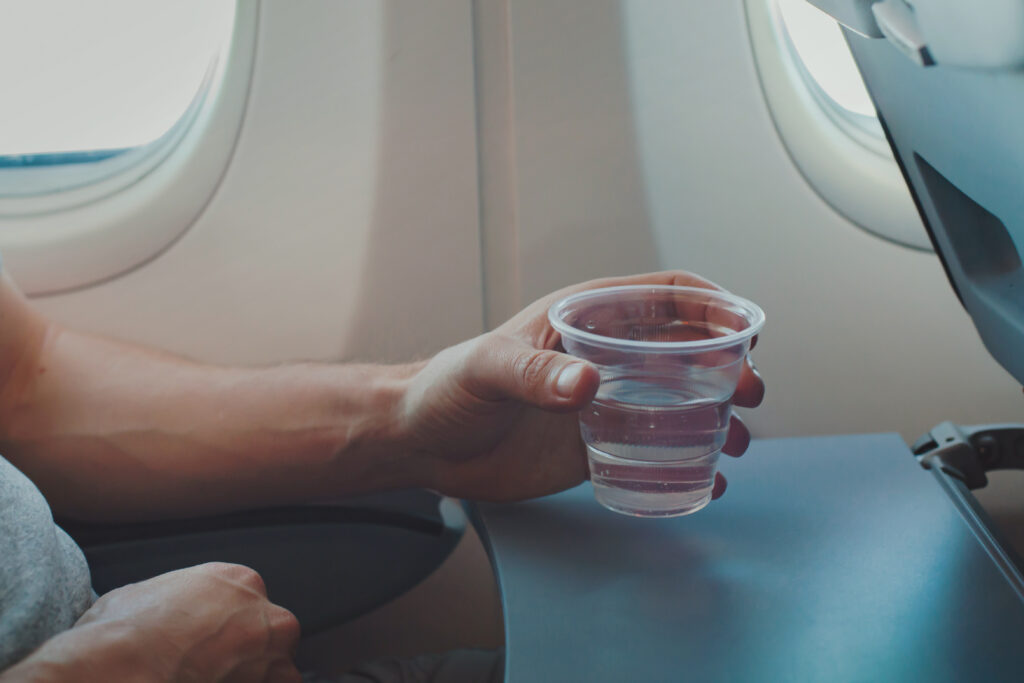
It’s important to stay hydrated while flying, but you’re better off BYOW (Bringing Your Own Water) rather than grabbing a free drink from the beverage cart. Tests done by the EPA a few years ago showed that one out of every seven planes had tank water that did not meet federal standards, and in fact contained bacteria like E. coli. Although beverage carts might give you “bottled” water from a large bottle, that bottle could have been refilled using the tank water. Coffee and tea are often made from the same tank water, which is usually not heated enough to kill germs. Ice is also sometimes made on board, so it’s best to pass on that as well.
Editor’s note: This story was originally published in 2012. It has been updated to reflect the most current information.
You Might Also Like:
• The Best Travel Leggings of 2023• The Essential Carry-On Bag Packing List
• The 7 Most Controversial Travel Opinions
• Shark Safety Tips: Everything You Need to Know to Prevent or Survive a Shark Attack
• The 18 Germiest Places You Encounter While Traveling
We hand-pick everything we recommend and select items through testing and reviews. Some products are sent to us free of charge with no incentive to offer a favorable review. We offer our unbiased opinions and do not accept compensation to review products. All items are in stock and prices are accurate at the time of publication. If you buy something through our links, we may earn a commission.
Related
Top Fares From
Today's Top Travel Deals
Brought to you by ShermansTravel
Shop and Save with Country Inns...
Patricia Magaña
 Hotel & Lodging Deals
Hotel & Lodging Deals
$229 -- Chicago: Discounted Rates and...
Francesca Miele
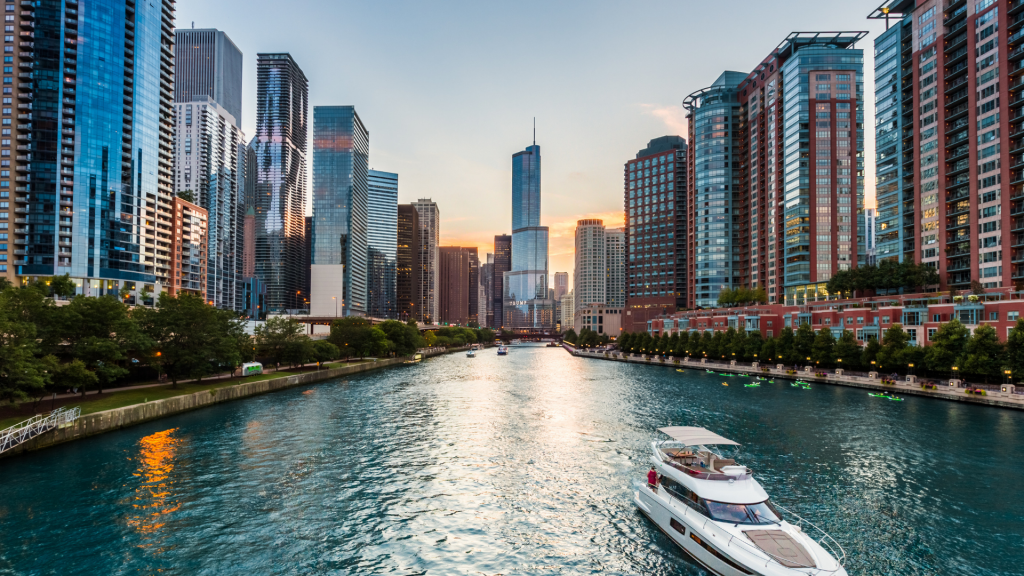 Hotel & Lodging Deals
$229+
Hotel & Lodging Deals
$229+
$188 -- Honolulu: Save on Oceanview...
Abigail Lamay
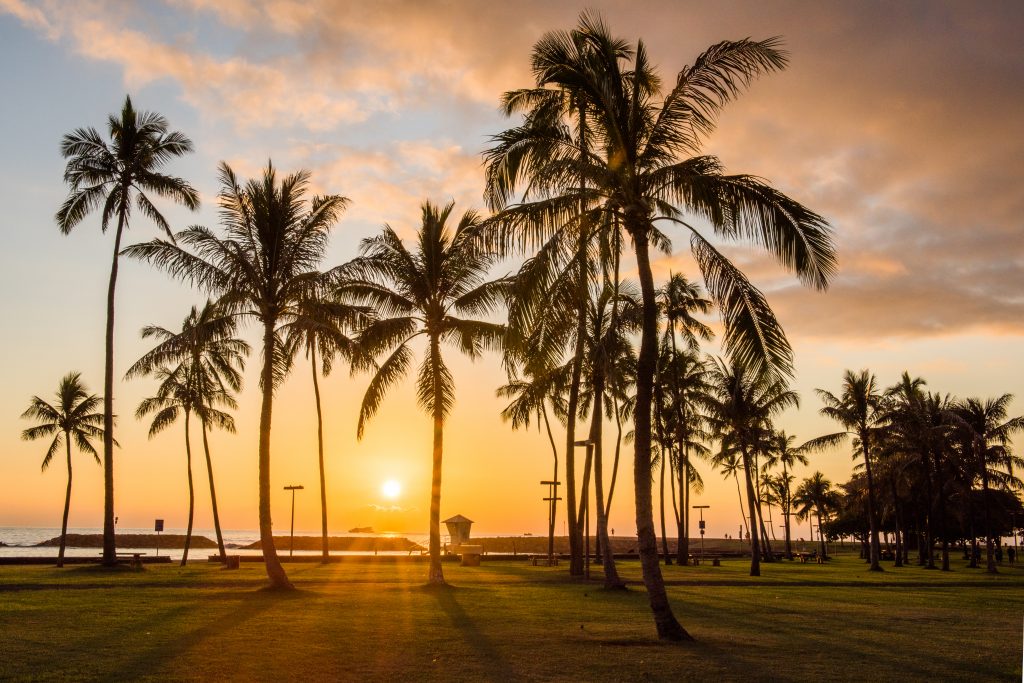 Hotel & Lodging Deals
$188+
Hotel & Lodging Deals
$188+
